Protect your eyes with sunglasses
Let’s look at how sunglasses are made and see how they work – according to Joe, one of My Small Store staff: “they work well” 🙂 But let’s dig a bit deeper, shall we?
Shades have 4 main functions:
- Reducing the amount of light coming to our eyes so we don’t squint,
- Blocking harmful ultraviolet that can cause Cataracts (UVs are often responsible for cataract surgery), Macular degeneration, Pterygium, and Eye cancer, to name a few,
- Blocking or reducing glare and reflection can impact our vision. Don’t forget: sunglasses protect your eyes,
- Making us look cool and fashionable.
Sun Light Composition
The sunlight is very complex and made up of many light waves. To make it simple, we will review the most important ones when it comes to sunglasses. The Sun emits X-rays (don’t worry, it’s a very small amount), ultraviolet, visible light, and infrared – Careful, I’ll add a little bit of nerdy information:
- Infrared (IR) light is invisible to the eye, but we can feel the heat – to learn more, check the Live Science article,
- Ultraviolet (UV) light is invisible. It makes black-light posters glow, and gives summer tans and sunburns. Unfortunately, too much exposure to UVs damages living tissue, in our case, our eyes. Ultraviolet light falls into three categories:
- UVA has a frequency between 315 to 400 nm (nanometers). UVA were used in tanning booths and tanning beds. This changed when scientists realized it could cause cancer (yurk).
- UVB has a frequency between 280 to 315 nm. It is known to damage DNA and causes sunburn and cancer, yet, it is needed to synthesize vitamin in the skin.
- UVC has a frequency between 100 to 280 nm and is mostly absorbed by our atmosphere. It is artificially created to kill germs in water treatment plants.
- Visible Light has a frequency between 380 to 780 nm – as its name says, it’s what human eyes can see and makes us squint, but it is much needed 🙂
Four sunglass features and quite complex sunlight.

How sunglasses lenses are made
Back in the days of mass-produced sunglasses (1929), the lenses were made of glass covered with a thin layer of metal, so thin it is transparent and easy to scratch. Some designers sandwiched the layer of metal between 2 layers of glass – this process was very expensive, and the layer could separate – my Grandpa had a pair of glasses that separated due to the heat and humidity. In these days, we didn’t know about the effect of UV rays, the concern was mostly reducing the amount of visible light and the glare.
Glass lenses are expensive to produce, and can cause lots of damage when they break. This technology was replaced by transparent plastic, much cheaper to produce, and almost unbreakable, with a downside – they are easy to scratch. Manufacturers continue improvement with other polymers, polycarbonate, and resins.
Reduction of visible light
Tints and mirror coating do this.
We mostly chose our tinted glasses based on our style: brown, grey, blue, pink, and even gold, but we should think and understand the different options as the color of the tint determines the parts of the visible light spectrum that are absorbed by the lens.
Manufacturers use different colors and technologies to produce specific results:
- Gray tints are strong all-purpose colors that reduce the amount of brightness with the least amount of color distortion. Gray lenses offer basic protection against glare, making them a good shade for driving and general use.
- Yellow or gold tints reduce the amount of blue light while allowing a larger percentage of another color through. Blue light has the tendency to bounce and scatter off a lot, it can create a kind of glare known as blue haze. These yellow tints eliminate the blue part of the spectrum, thus making everything bright and sharp. Wondering why your snow glasses are yellow?
- Amber and Brown’s tints are also good for general purposes without distorting colors.
- Green tints filter some blue light and reduce glare. Green tints offer the best color contrast. They are very popular.
- Purple and Pink tints contrast objects best against a green or blue background. They make a good choice for hunting, fishing, or water sports.
Manufacturers use a process called constant density to tint lenses. The tint is mixed with polycarbonate or resin, offering a uniform color throughout the material. The color is built right into the lenses when they are created. This process is cheaper and gives a longer life to the finished lenses.
Very cheap sunglasses can also be made by applying a coat of light-absorbing molecules to the surface of clear polycarbonate, then a coat of scratch-resistant “paint” is applied. Another technology is becoming very common is to immerse the lenses in a “special” liquid containing the tinting material. The tint is slowly absorbed into the plastic. The lenses are simply left in the liquid longer to make a darker tint.
Mirror sunglasses are covered with a reflective coating (also called flash coating). They appear like small mirrors. The lenses typically give the user’s vision a brown or grey tint. The mirror reduces the amount of light passing through the 10–60% depending on the thickness of the coat. The color of the mirror is independent of the tint of the lenses; you can have blue eyewear but see the world through grey lenses.
Reducing and blocking UV rays
A good pair of shades like the one My Small Store sells, blocks and should block over 99% of UVs by absorbing ultraviolet. Yes, absorbing, not reflecting.
To achieve this absorption, manufacturers use UV-curable coating. Coatings are usually applied to plastic/ polycarbonate/resin substrates via spray, dip, roll, flow, and other processes. Let me a nerd and try to explain the technicality of UV-curable coating 🙂
The goal is to apply ultraviolet blockers/absorbers that resist time, can be mass-produced, and be home-used vs. lab or factory used. Scientists came up with a polymeric coating containing both UV absorbers and dyes (tints). The idea is to produce a transparent, durable film that can significantly increase the level of UV radiation blockage when coated onto glasses lenses. Smart no? One film that does it all, easy (cheap) to implement.
Why this research? To improve UV protection, lower the cost of manufacture and increase the life of your favorite sunglasses. All this to protect your vision!
Eliminating glare
A bit of history, polarized lenses were invented by Edwin Land in 1929. Edwin founded the Polaroid Corporation in 1937 in Cambridge, MA. The company initially produced Polaroid Day Glasses, the first sunglasses with a polarizing filter, in 1935, Land negotiated with American Optical Company to produce polarized sunglasses. Such glasses could screen out glare rather than simply darken the landscape. Land and Wheelwright contracted to begin production of Polaroid Day Glasses, a longtime source of revenue for Polaroid.
I’ll write a blog post just for this feature, as it has evolved considerably since 1929.
You must know that visible light waves from the sun arrive in all directions, not just straightforward. When this scattered light meets a horizontal surface, like a road or water, a big part of the light bounces with horizontal polarization. Our eyes see this horizontally-polarized light as “white glare,” which masks useful light to our human eyes, thus reducing visibility.
We call the horizontal light, glare, scientists like to call it “visual noise”. As it reduces visibility and can make driving, cycling, and skiing dangerous. I lived 5 years in the Middle East, and even though I had polarized lenses, the glare was so intense I had to stop my car on the side of the freeway and wait for the sun to go down a bit.
Do you know that the Polaroid filter for polarized sunglasses was created in 1936 and played a significant role in World War II when Ray-Ban created the anti-glare pilot sunglasses?
Cool look feature
It’s all about design, shapes and looks, and colors. We chose our sunglasses types based on what we think makes us look cool, and sunglass designers love playing with new concepts, in this article, sunglasses origins style and protection.
Never forget that sunglasses protect your eyes from UV rays and glare!

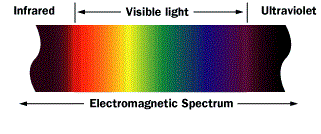
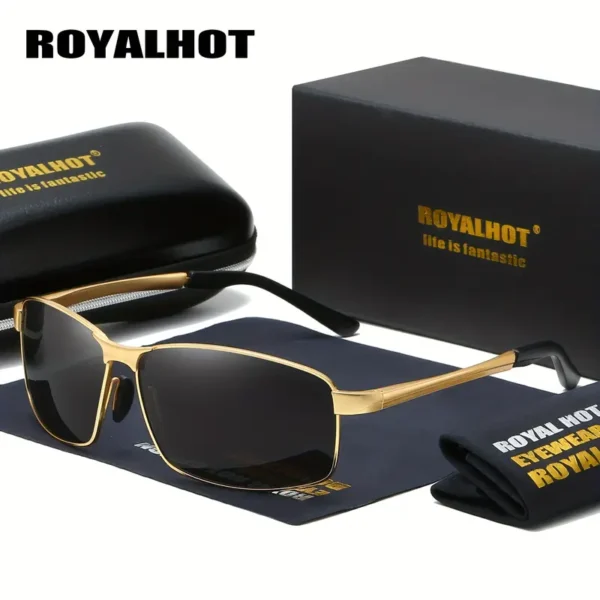
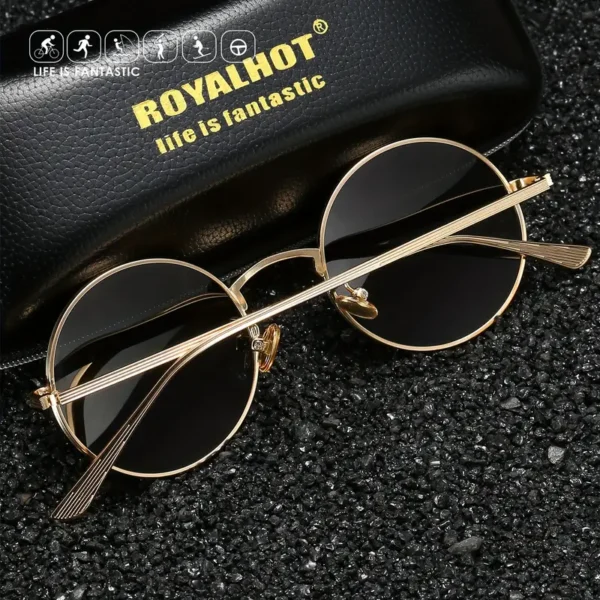
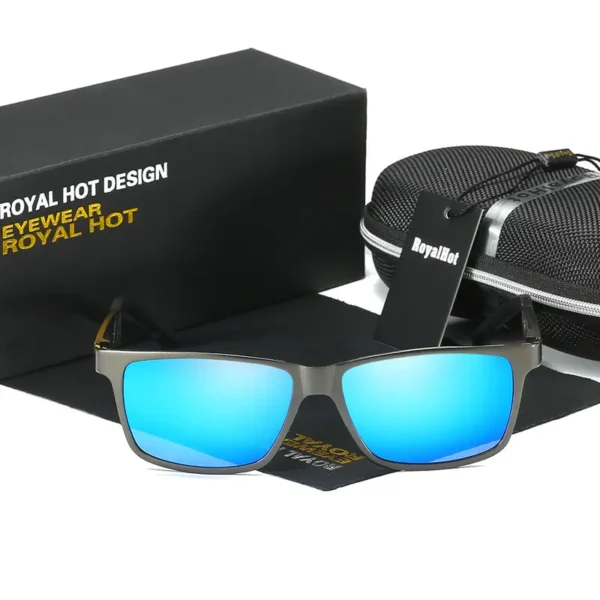
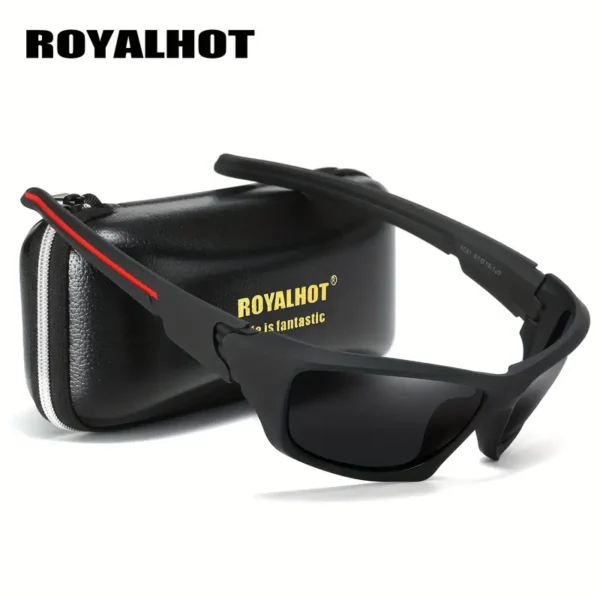
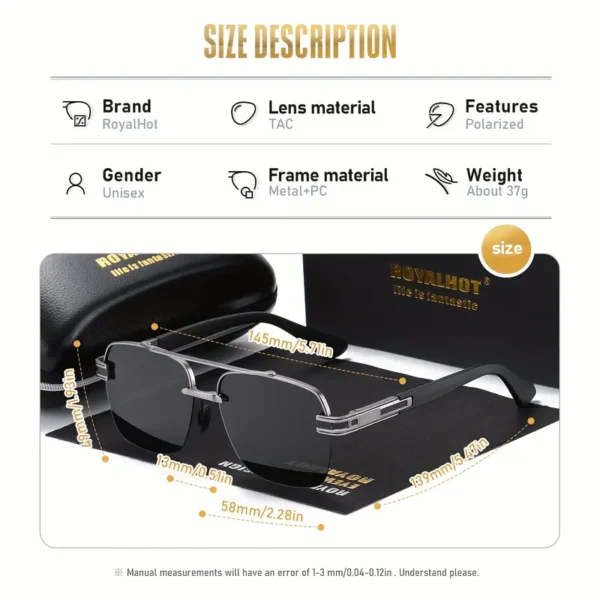
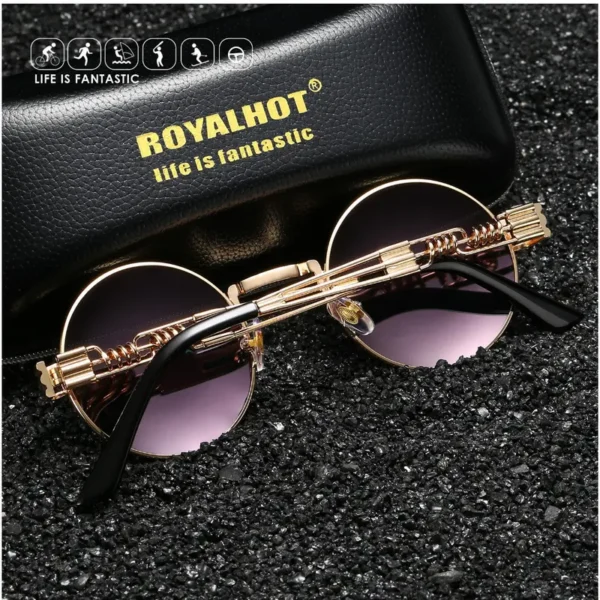
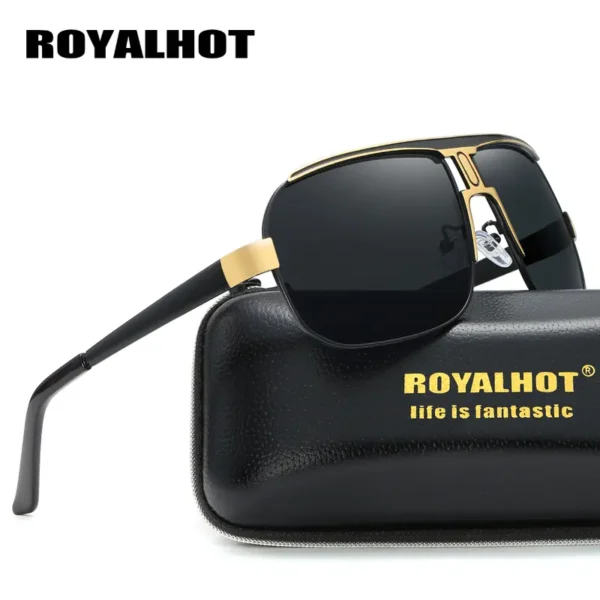



Add comment